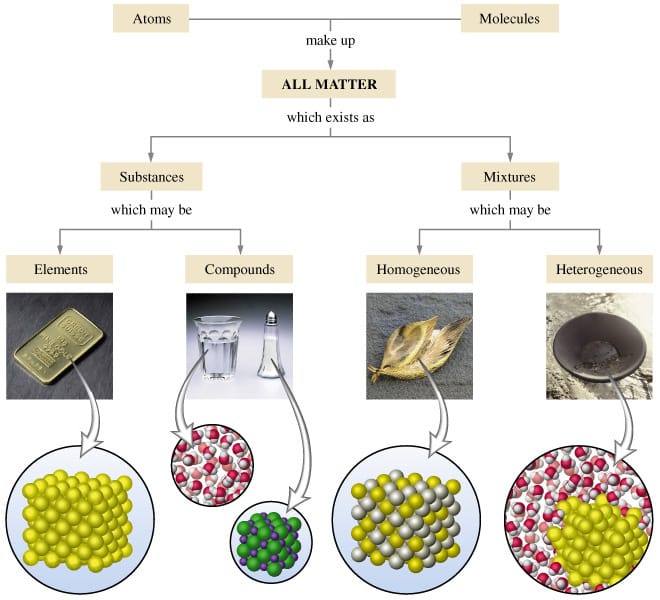Next we discussed colligative properties. If you add solute to a solution, like salt to water, it changes the properties of the solution, particularly the boiling point or freezing point. We put salt on the roads to lower the freezing point of water so ice does not form on the roads.
Electrolytes can conduct electricity because the solute breaks up into ions and the ions can carry the electric current. Pure water does not conduct electricity - but water with solutes in it can. We did an in-class demo similar to this one to test some solutions. Salt water does conduct electricity, but sugar water does not because of the carbon. Gatorade conducts electricity but barely because of the high sugar amount in the drink.
Finally we talked about Molarity. Molarity is moles/Liters and is a quantitative way to measure concentration. Molarity descirbes with numbers if a solution is dilute or concentrated. It is a pretty easy formula so students zoomed through it. Molarity changes with the amount of solute OR the amount of solvent (liquid).
The formula is M1V1=M2V2. These questions will mention molarity twice and volume twice and will not mention moles. Three numbers are given and the fourth needs to be solved for by isolating it through division.
When diluting substances the molarity (concentration) decreases or becomes more dilute because more water is added to the original solution. The number of moles of solute stays the same, but the molarity changes because the volume increases.
The formula is M1V1=M2V2. These questions will mention molarity twice and volume twice and will not mention moles. Three numbers are given and the fourth needs to be solved for by isolating it through division.
When diluting substances the molarity (concentration) decreases or becomes more dilute because more water is added to the original solution. The number of moles of solute stays the same, but the molarity changes because the volume increases.













